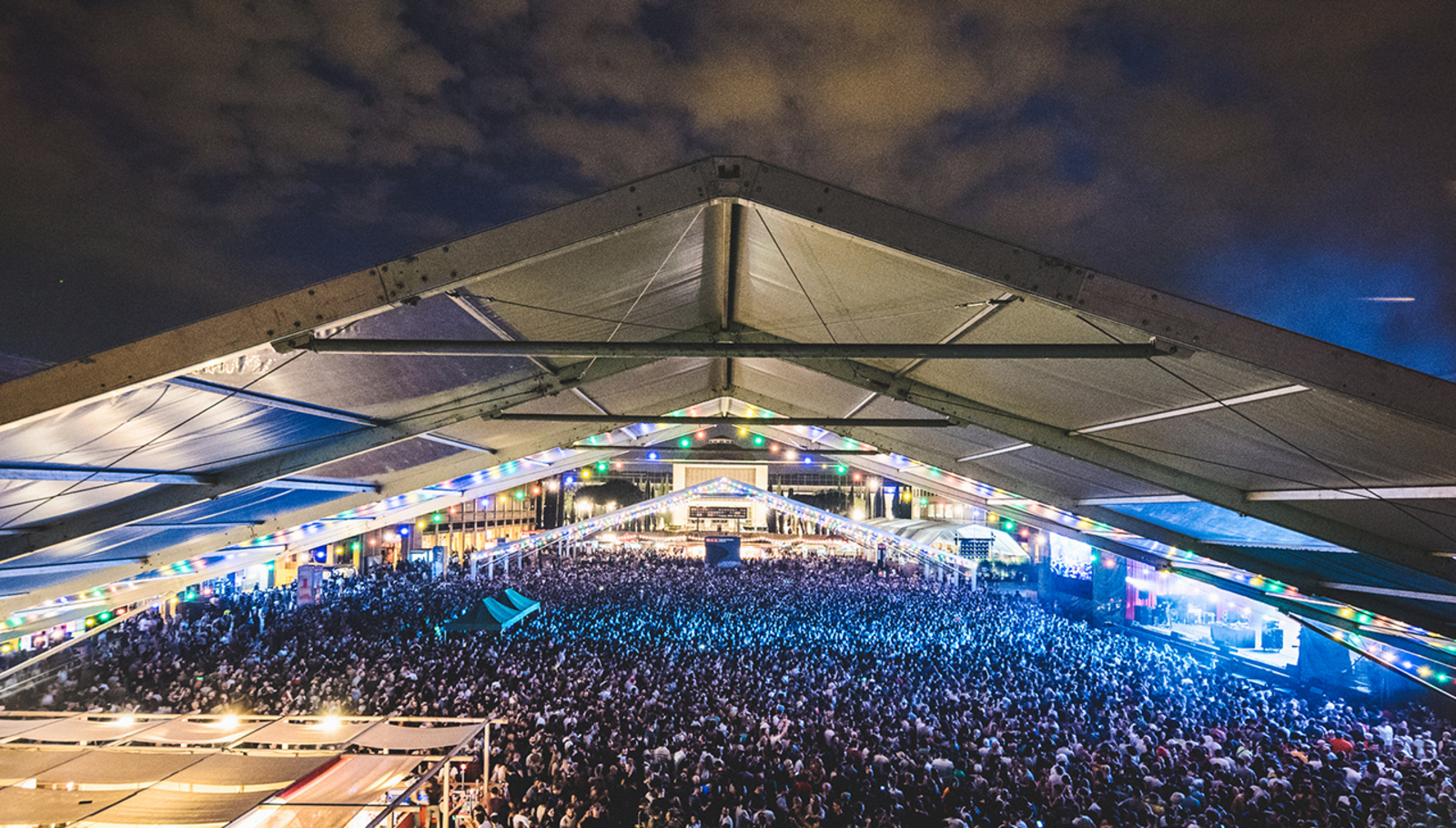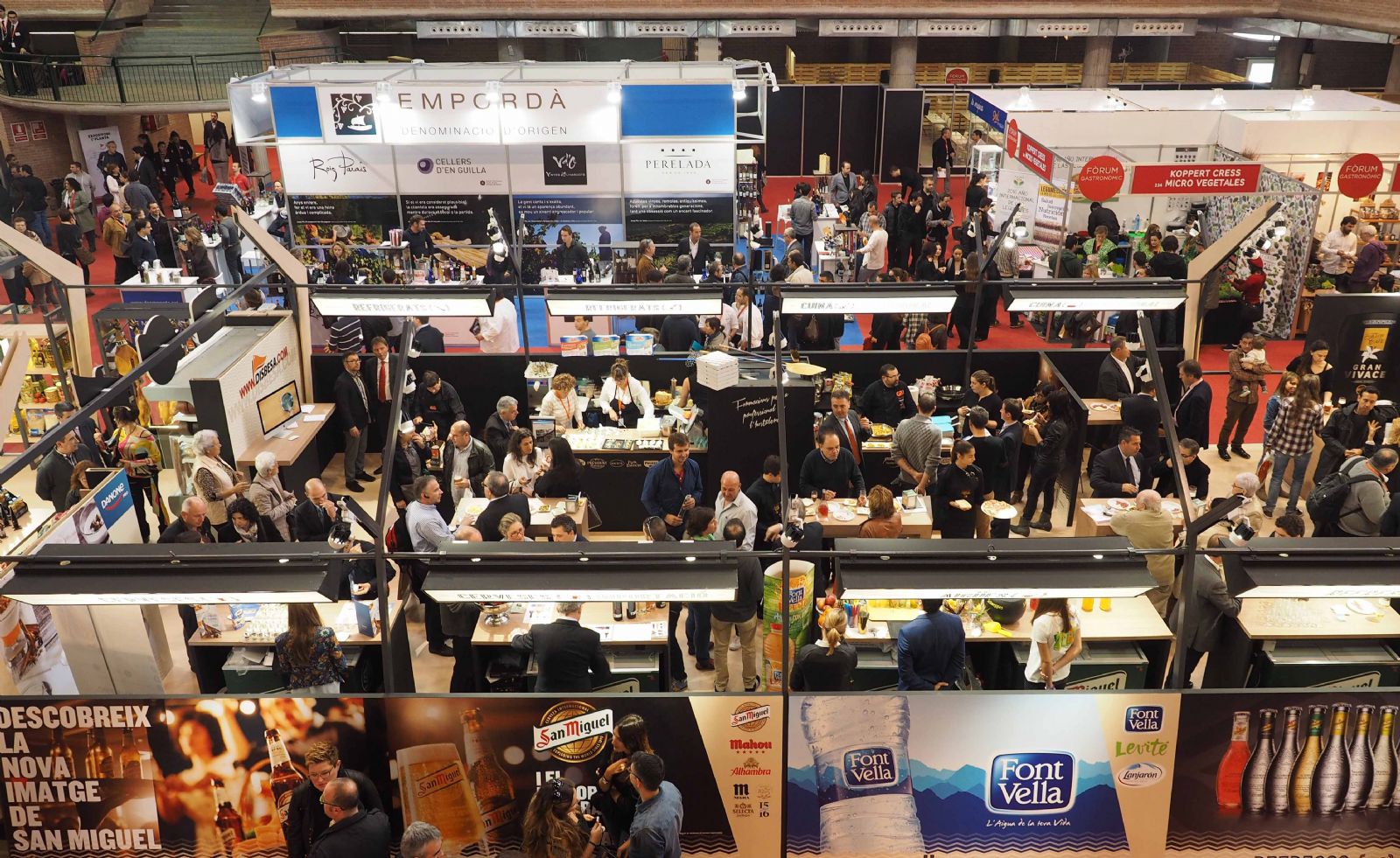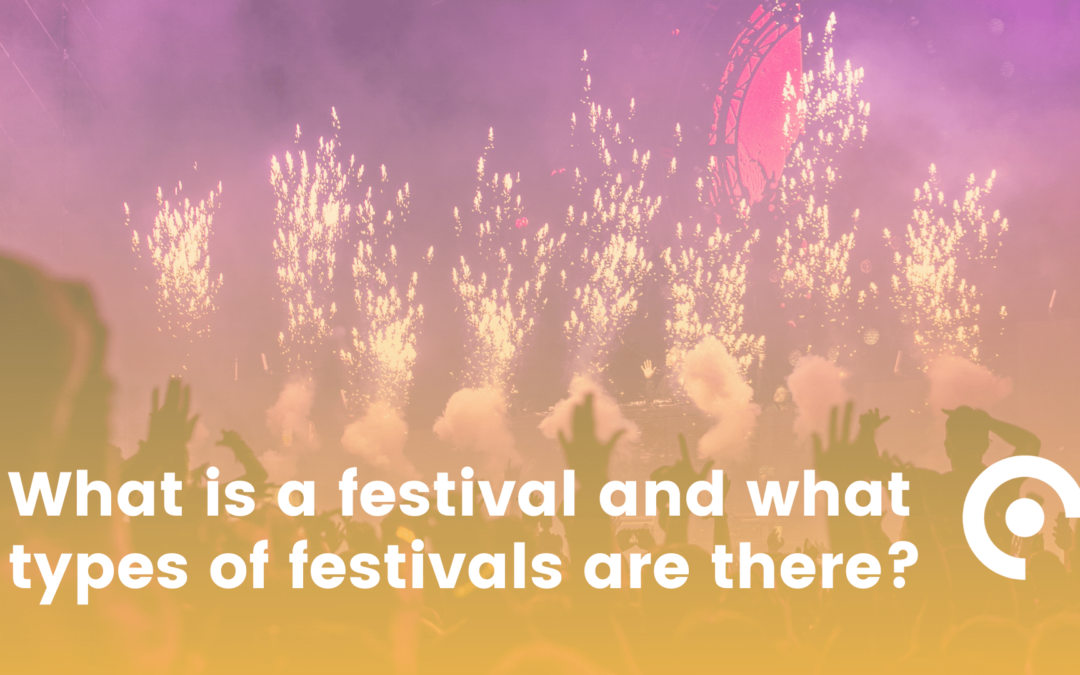Índice de contenidos
Festivals are cultural and social events that bring people together to celebrate and enjoy different forms of artistic expression, music, food and traditions. These events offer a unique and vibrant experience, and there is a wide variety of festival types to satisfy the interests of different audiences.
What is a festival?
A festival is a public or private event that is organised for the purpose of celebrating, commemorating or promoting a specific cultural, artistic, religious or social activity. Festivals are usually of limited duration, ranging from a few days to several weeks, and are often held on a regular, annual or biannual basis.
Main characteristics of a festival
Festivals are distinguished by certain characteristics that make them unique and attractive:
- Celebration: festivals are occasions of celebration, where people come together to enjoy, have fun and share experiences.
- Diversity: Festivals encompass a wide range of activities and artistic expressions, ranging from music and theatre to gastronomy and folk traditions.
- Participation: Festivals actively involve the community and participants through attendance, interaction and participation in various activities.
- Festive atmosphere: Festivals often have a festive and joyful atmosphere, where people can enjoy live music, visual performances and exciting activities.
- Cultural identity: Many festivals are rooted in the cultural identity of a community or region, and serve to preserve and promote its traditions and heritage.

Types of festivals
There are a wide variety of festival types around the world, each with its own theme, focus and target audience. Below, we explore some of the most popular:
1) Music festival
Music festivals are events that focus on the presentation of live musical performances. These festivals attract large crowds and can include musical genres such as rock, pop, jazz, electronica, classical music, among others. Examples of world-renowned music festivals include BIME, SONAR and International Music Summit.
2) Film festivals
Film festivals are events where films from different genres and countries are shown. These festivals serve as a platform for the screening and promotion of independent and auteur films, and often include competitions, open-air screenings and the presence of directors and actors. Examples of film festivals Sitges Film Festival.
3) Food festivals
Food festivals are events that highlight the cuisine and food of a specific region or culture. These festivals offer attendees the opportunity to taste a variety of traditional dishes, meet renowned chefs, participate in cooking classes and enjoy live culinary demonstrations. Popular examples of gastronomic festivals Fòrum Gastronòmic Girona.

4) Cultural festivals
Cultural festivals are events that celebrate the diversity and traditions of a community or ethnic group. These festivals often include music, dance, art exhibitions, religious ceremonies and activities that reflect the cultural identity of the region.
5) Arts festivals
Art festivals focus on the exhibition and promotion of different forms of artistic expression, such as painting, sculpture, photography, theatre, dance and performance. These festivals offer artists the opportunity to showcase their work to the public and encourage interaction and dialogue on contemporary art. Notable examples of art festivals include NFT Historic Fest and 080 Fashion Week.

Importance and benefits of festivals
Festivals play a crucial role in society and offer a range of benefits to both participants and the communities in which they take place.
1) Cultural promotion and tourism
Festivals are cultural showcases that help to promote and preserve the traditions, arts and identity of a community or region. In addition, festivals attract visitors from different places, which contributes to the development of local tourism and the economy of the area.
2) Income generation
Festivals can have a significant economic impact on communities by generating revenue through ticket sales, sponsorship, food and beverage sales, and local commerce. This revenue can benefit local businesses and contribute to the economic development of the region.
3) Community building
Festivals foster community cohesion and a sense of belonging by bringing people together to celebrate and share experiences in a festive and convivial atmosphere. These events promote interpersonal contact, social interaction and strengthen community ties. Through the use of tools such as the Meetmaps event app.

4) Cultural and artistic stimulation
Festivals provide a platform for artists and creators to exhibit and share their work with the public. This encourages creativity, exchange of ideas and appreciation of different forms of artistic expression. Festivals can also serve as catalysts for the development of new talent and the exploration of new trends in art and culture.
5) Fun and entertainment
Festivals offer a unique experience of fun and entertainment for attendees. From enjoying live performances, exploring art exhibitions, sampling delicious dishes to participating in interactive activities, festivals provide moments of joy, excitement and entertainment that create lasting memories.
Festivals are exciting and dynamic events that allow people to immerse themselves in different forms of art, culture and tradition. Whether it is a music, film, food, culture or art festival, each type of festival offers a unique and enriching experience. These events not only provide entertainment and fun, but also promote tourism, cultural identity and economic development for communities. So, next time you find yourself in the opportunity to attend a festival, don’t hesitate and immerse yourself in this unique experience full of joy and celebration!
Remember that festivals are special moments that allow us to connect with our passions, discover new forms of expression and enjoy the company of friends and loved ones. Don’t miss the opportunity to be part of the magic of festivals with the help of Meetmaps technology!
Related blogs:
- Complete guide to use event app
- Technology in the organisation of congresses
- Organise sustainable events with Meetmaps EMS
- Why should you organise corporate events using technology?

